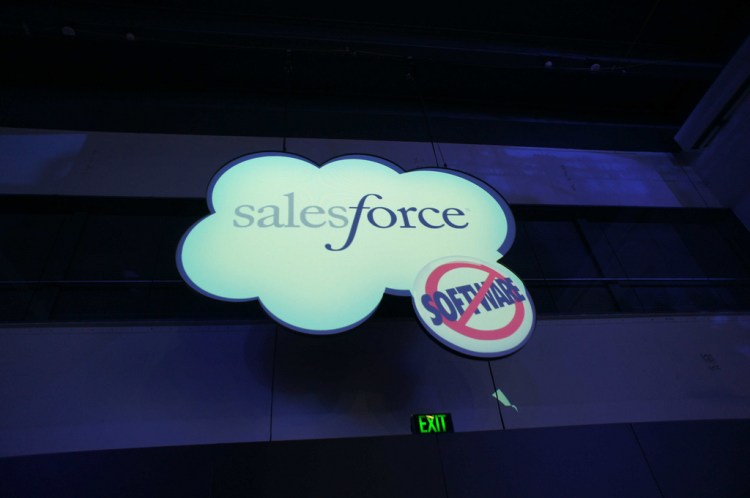Earlier this month, Salesforce.com chief executive Marc Benioff revealed that Salesforce is getting set to launch an “Analytics Cloud” product line at the company’s Dreamforce conference next month. This isn’t a big surprise if you follow the space, because everyone knows that Salesforce dashboards are pretty basic compared to what you can do with tools like Tableau, SAS, or SAP. And given the size of the business-intelligence (BI) market ($14.4 billion spent worldwide in 2013), it makes sense that Salesforce wants to take a slice.
While this move may put some in the partner ecosystem on edge, I think it bodes well for those companies focused on predictive intelligence. Salesforce is putting the spotlight on the data-driven sales and marketing movement, and asking companies to re-imagine how they operate based on data. While rear-view analytics are great, they can be even better when complemented with forward-looking predictions.
When you look at BI applications, they are often designed to be general-purpose tools. But to create predictive insight, your focus needs to be on solving the problem from end to end. For example, a typical vice president of marketing isn’t leaning back in his or her chair thinking, “Hmm, I just need to copy all the historical data sitting in my CRM [customer-relationship management software] and marketing-automation systems into these tables, crawl the web for more customer signals, develop a machine-learning model over all this data, and plug those predictions back into my existing workflows to produce lift.” The good news for companies is that there is a set of vendors tha are developing this expertise and providing predictive scoring as a service.
These predictions represent a new data set that could be analyzed on Salesforce dashboards, in this new Salesforce Analytics Cloud, or with any BI solution for that matter. Companies will choose the appropriate tool to meet their needs, just as they mix and match marketing applications today. There are already plenty of examples where BI and predictive complement each other. Many of Infer’s predictive lead scoring customers use powerful analytics tools like Tableau’s to visualize predictive data. They can get real-time insight into campaign effectiveness or look at sales territories and see how many good accounts they contain.
If Dreamforce 2013 was all about marketing automation and capturing data across every touchpoint, it looks like the theme of Dreamforce 2014 will be all about turning data into insight and insight into action.
Jamie Grenney is the vice president of marketing at Infer. He spent 11 years at Salesforce.com, most recently as the vice president of social media and online video. He was instrumental in defining the inside sales process, pioneered Salesforce’s small and medium-sized business marketing efforts, and helped shape many parts of the product roadmap.
VentureBeat's mission is to be a digital town square for technical decision-makers to gain knowledge about transformative enterprise technology and transact. Learn More

